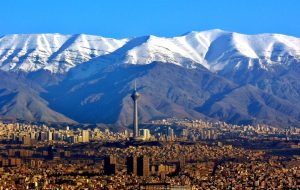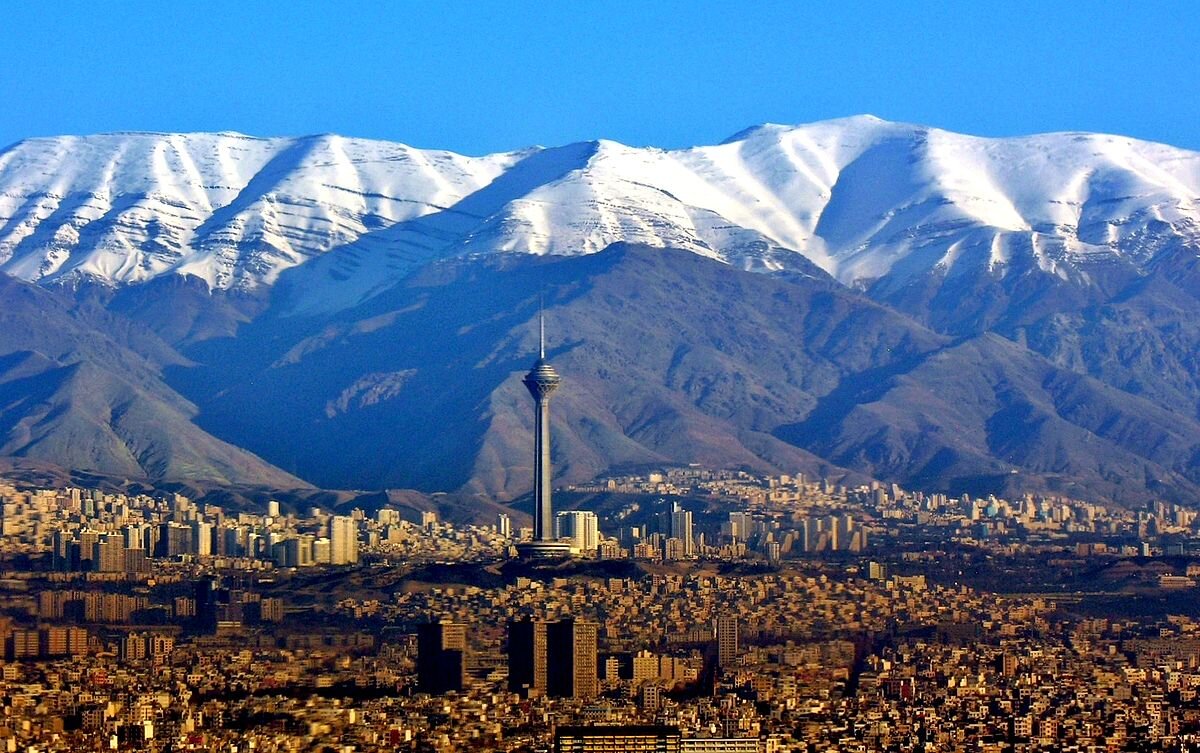Should Iran move its capital? examining the potential for relocation
MADRID – As part of the debate on relocating the political capital of Iran, Mohammad Saleh Jokar, Chairman of the Parliamentary Committee on Councils and Internal Affairs, gave an interview to a local newspaper. During the conversation, Jokar emphasized that the idea of moving the political capital from Tehran has been under discussion for over


MADRID – As part of the debate on relocating the political capital of Iran, Mohammad Saleh Jokar, Chairman of the Parliamentary Committee on Councils and Internal Affairs, gave an interview to a local newspaper. During the conversation, Jokar emphasized that the idea of moving the political capital from Tehran has been under discussion for over two decades.
According to the parliamentarian, the proposal arises in response to the growing problems that have made life in the capital increasingly unsustainable. Overpopulation and rising traffic congestion are just a few of the factors driving the need to explore alternatives. With more than 8 million residents, Tehran is under constant pressure on its resources, leading authorities to consider options for relieving congestion and redistributing government functions.
Although the move is not an immediate measure, the debate on its feasibility continues to gain momentum, reflecting growing concerns over the sustainability of Tehran as the seat of government. However, the details regarding the logistical, economic, and social challenges associated with the move remain unresolved.
Deputy Mohammad Saleh Jokar explained that relocating the political capital has been considered a strategic issue and that, for this purpose, a council was established to make decisions about this transition, with the president and other key authorities involved. However, he criticized that many previous governments did not give the matter the necessary attention, and in many cases, they did not even hold meetings on the subject.
Jokar also noted that, while some governments held meetings on the possible relocation of the capital, no serious or concrete decisions were made. In his opinion, one of the most difficult decisions for the council will be determining the new location of the political capital.
When asked where the new capital should be located, Jokar responded: “The political capital should be located in a place accessible to the entire population of the country, even for those living in the most remote areas. However, this capital must not suffer from issues such as traffic or urban congestion.”
Tehran’s urban area, covering 730 square kilometers with a population density of 125 people per hectare, ranks between 20th and 25th globally in terms of population density. What really stands out in this area is the distribution of the population and internal economic activities. According to estimates, more than 20% of the population and 30% of the country’s Gross Domestic Product (GDP) are concentrated in this region. Moreover, the population density in Tehran is 20 times the national average, resulting in a high concentration of population and economic activities, thereby intensifying the challenges related to the city’s sustainability and infrastructure.
Due to these problems, the idea of relocating the capital from Tehran to another city has been considered for years. The first time the possibility of moving the capital to nearby cities was raised was at the end of the Iran-Iraq War, which took place in the 1980s. This eight-year conflict left the country with severely damaged infrastructure and significant economic problems, prompting the authorities to consider alternatives to relieve the pressure on Tehran. Since then, the issue has been revisited several times. In recent years, the topic has been repeatedly discussed within the government and Parliament of the Islamic Republic of Iran.
In 2012, a plan titled “Relocation of the Administrative and Political Capital” was presented with the aim of addressing the numerous challenges facing the large city of Tehran. As part of this plan, several governmental resolutions were implemented to carry out a “semi-relocation” of the capital. According to these resolutions, approved during Mahmoud Ahmadinejad’s presidency, it was decided to transfer employees from various agencies, institutions, and government bodies located in Tehran to other cities in order to alleviate the congestion in the capital. However, despite initial efforts, the implementation of these measures was suspended due to various logistical and financial obstacles, delaying the progress of the proposal.
The reasons that have been raised in recent years for relocating the capital mainly focus on traffic, air pollution, and the risk of earthquakes. These factors have exacerbated the quality-of-life problems in Tehran, a city under increasing pressure on its infrastructure and resources. However, within the current context, these concerns are compounded by other significant challenges, such as social issues, inadequate provision of basic services, environmental concerns, insecurity, and skyrocketing prices in the real estate market. The accumulation of these issues has intensified the debate about the need to reconsider the location of the capital in an attempt to alleviate the burden Tehran faces and ensure a more sustainable future for the city and its residents.
However, this plan has also faced strong opposition. The reasons put forward by critics mainly focus on two points: “organize the situation rather than relocate it” and “the financial burden and high costs” associated with the move. From this perspective, it is argued that instead of relocating the capital, the problems in Tehran could be solved through better organization and more efficient management of urban resources and services. This way, it is believed that the city could be revitalized without the need to relocate government institutions, thus improving the quality of life without resorting to an expensive restructuring.
Furthermore, it is pointed out that relocating the capital would entail a considerable financial burden, with high costs associated with constructing new infrastructure, relocating government agencies, and other logistical challenges, which could result in a long-term investment that might not be financially viable.
This debate can be analyzed from the perspective of political geography, as the capital of a country is typically a densely populated city with a rich history linked to the high-level political and economic functions that take place there. However, at times, government leaders choose to move the capital to another city. Throughout history, such relocations have been a recurring practice in various cultures and eras. Ancient Iranians, Egyptians, Romans, and Chinese, for example, frequently changed capitals, seeking new locations that offered strategic, economic, or security advantages.
Some countries select new capitals in areas that are more easily defensible during times of invasion or war. In other cases, new capitals are planned and constructed in previously undeveloped regions, aiming to promote economic and social development in less urbanized areas. Additionally, in situations of internal tensions, some nations opt to place the new capital in regions considered neutral for conflicting ethnic or religious groups, seeking to foster unity, security, and national prosperity.
Throughout modern history, several countries have made the decision to move their capital for various reasons. Some of the most notable examples include the United States, Russia, Canada, Australia, India, Brazil, Belize, Tanzania, Ivory Coast, Nigeria, Kazakhstan, the former Soviet Union, Myanmar, and South Sudan. These relocations reflect the complex interplay of political, economic, social, and security factors that influence governmental decisions and highlight how each country’s needs have shaped the location of its government seat at critical points in its history.
